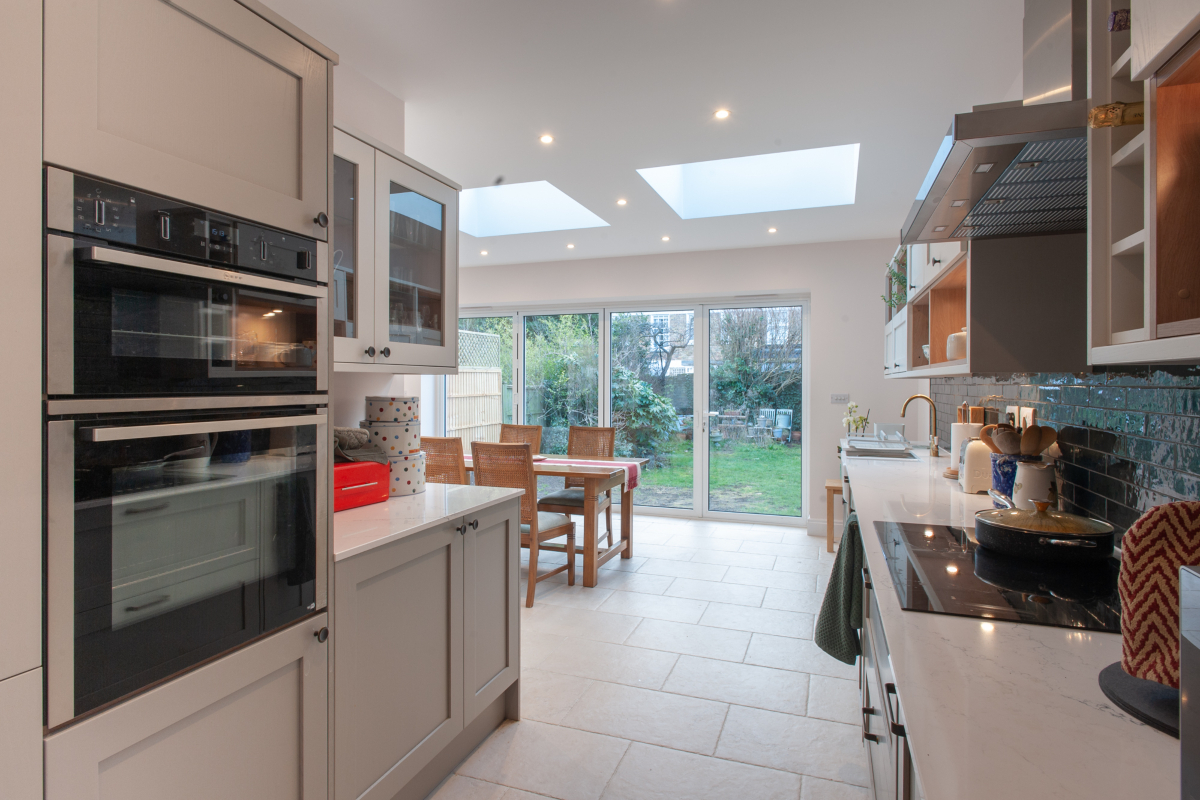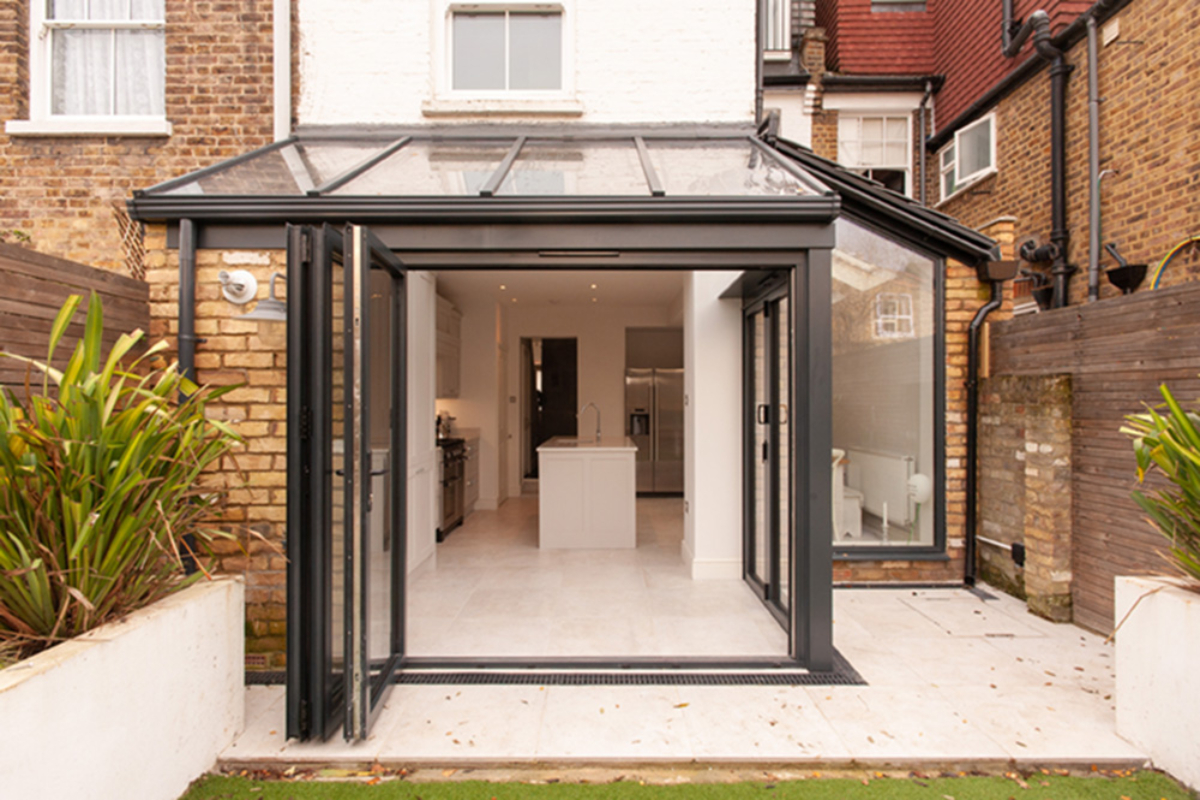Whether you are a daily home-cooked meals type of family or a takeout kind of couple, the kitchen is a pivotal part of your home. Add to that the many roles the kitchen plays within the house (that have very little to do with cooking), and it becomes easy to understand why the space must be designed with such care and attention to detail.
One important aspect of this design? The lighting. And it needs to be perfect.
How? let’s take a look:
Why is kitchen lighting so important?
A space that combines design, comfort, and function, the kitchen remains the undisputed heart of a home. Therefore, it becomes crucial to find lighting options that complement this space.
Kitchen lighting acts as the mood-setter or ambience-creator; From a stark prep room to one that plays host to a cosy, fun-filled night in with friends. The flick of a switch must ensure that the kitchen can do both seamlessly, and sometimes simultaneously. And the right light can help transform your kitchen into any space it needs to be.
Not to forget the actual cutting, chopping, grating, and slicing work involved. So, from a safety point of view, the kitchen is one room that needs to be well-illuminated. Your fingers will thank you for it!

Things to consider when planning lighting for your kitchen:
1. Equipment
When it comes to kitchen lighting, it is always a good idea to invest wisely in bulbs and fixtures of high quality rather than opting for cheaper alternatives that need to be replaced constantly.
And with safety and visibility being of such importance within the kitchen environment, taking the time to select light fittings that embody the room’s aesthetic, as well as function, is a crucial part of how the kitchen looks and feels to you.
For this reason, using dimmable lights (that can be adjusted according to the occasion and the season), and bulbs with varying colour temperatures, can help you achieve the ideal ambience you want to create.

2. Placement
It is only right to mention the placement and position of kitchen lighting at the very top of this list.
However, it should be obvious that the design and layout of the kitchen have much to do with the placement of the different light fixtures.
The lights must be positioned to optimise the use of the space while also not hindering its functionality. For example:
- Opt for multiple light sources to layer the lighting in the kitchen to meet multiple needs
- Allow room for ceiling joists before you plan out the recessed lighting
- Allow a gap of 12 inches between the lighting source and tall furniture items such as the fridge or pantry
- Add lights under cabinets to ensure sufficient illumination of countertops
- Position the light source above the kitchen island and dining table centrally
- Ensure your storage spaces are well-lit to allow for quick and easy reach of items
- Consider the placement of doors, windows, appliances, and furniture so that they do not block the light source.
- Position recessed lights in line with the edge of the countertops
- Position the pendant light approximately 3 feet above the countertops
However, while keeping all this in mind, it is equally important to consider the size, height, and layout of your kitchen (and even your height!), to work out what ultimately works best for you.

3. Utility
Along with placement, comes function. Kitchen lighting is generally classified into 3 functions:
Task lighting- Lighting that focuses on and illuminates specific areas such as the countertops, sink, or kitchen island where you would be doing the majority of your cooking and meal prep. This type of lighting usually includes pendant lights and under-cabinet strip lights.
Ambient lighting- This is the main source, or general lighting, that illuminates the overall kitchen, and may also be largely responsible for the creation of a specific ambience or environment. It usually stems from the ceiling in the form of chandeliers, recessed lights, pendants, and flush mounts.
Accent lighting- The one that adds decorative flair to the kitchen. They may also be used to highlight key features or favourite elements. These include toe-kick lights, track lights, or pendants.

4. Natural light
When we think of lighting in the kitchen, it is important that we don’t overlook one of the very best sources i.e. natural light.
And while most kitchens are ideally located to receive a ton of light from rear gardens, even the more enclosed ones can receive their fair share of sunlight through cleverly-placed windows and doors.
Skylights, clerestory windows, and porthole windows provide a healthy dose of sunlight in the most surprising ways. While glazed, bi-folding doors that open up to the outside offer an abundance of light and beautiful views too!
5. Energy efficiency
As with all other aspects of your home and kitchen design, energy efficiency and sustainability must be taken into account. This is why LED lights are preferred to conventional incandescent light bulbs.
LED lights use up to 75% less energy when compared to incandescent light bulbs which translate into significant savings for you. Plus, they have much longer life spans. All of which point to affordability and sustainability.
Conclusion
Whether you use your kitchen to cook, relax, eat, chat, play, or even work from home, you cannot deny the role lighting plays in the design of the ultimate kitchen.
A well-lit kitchen and a well-thought out lighting scheme allow your kitchen to seamlessly play multiple roles, by creating various environments. From a cosy and relaxed atmosphere perfect for dining with family and friends to a high-functioning cutting and dicing zone, ideal for doing meal prep.
Whatever its role and function, let’s face it; no kitchen would work without the right type of illumination to show itself in the best possible light.
Looking to design and create the perfect kitchen space or home extension? At Good Design & Build we pride ourselves in offering you a complete solution, from planning to completion. See our recently completed projects, get inspired, and start your dream home journey with us today!






